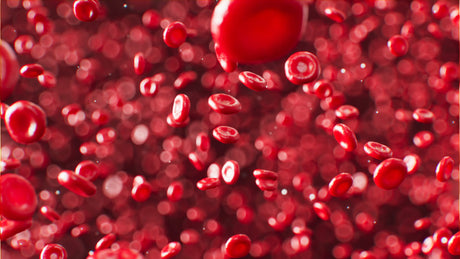How Red Light Therapy Affects the Eyes
Red light therapy (RLT) uses wavelengths between 630nm-850nm, which can penetrate skin and tissue. While beneficial for skin and muscle recovery, the eyes are sensitive to intense light.
Potential Risks of Red Light Therapy on Eyes
- Short-Term Exposure (Low Risk): Brief, indirect exposure is unlikely to cause harm.
-
Prolonged Direct Exposure (Moderate Risk): May lead to:
- Eye strain
- Temporary blurred vision
- Retinal damage (in extreme cases with high-intensity devices)
[INSERT IMAGE: Person wearing protective goggles during red light therapy]
Scientific Studies on RLT and Eye Safety
- A 2019 study in Ophthalmology Journal found that low-level red light (630nm-670nm) is safe for short durations but recommends caution with near-infrared (NIR) light (800nm+).
- Research in Photomedicine and Laser Surgery suggests that protective eyewear should be used with high-powered devices to prevent retinal stress.
How to Safely Use Red Light Therapy Without Eye Damage
✅ Use FDA-Cleared Devices: These have tested safety standards.
✅ Wear Protective Goggles: Especially with high-intensity panels.
✅ Avoid Staring Directly at the Light: Keep eyes closed or look away.
✅ Limit Exposure Time: Follow manufacturer guidelines (typically 10-20 min).
Can Red Light Therapy Improve Eye Health?
Surprisingly, some studies suggest controlled red light (especially 670nm) may help with:
- Age-related vision decline (improving mitochondrial function in retinal cells)
- Dry eye relief (by reducing inflammation)
However, never self-treat eye conditions without medical supervision.
Frequently Asked Questions
Q: Do all red light therapy devices require eye protection?
A: High-intensity panels (>100mW/cm²) need goggles, but low-power masks may not. Check your device manual.
Q: What happens if I accidentally look at red light therapy?
A: Brief exposure is low-risk, but prolonged staring may cause discomfort. If symptoms persist, consult an eye doctor.
Q: Are there any long-term eye risks from RLT?
A: No proven long-term damage with proper use, but chronic misuse could contribute to retinal stress.
Conclusion
Red light therapy is not inherently bad for your eyes when used correctly. To stay safe:
- Use goggles with high-power devices
- Avoid direct eye exposure
- Stick to recommended session times









